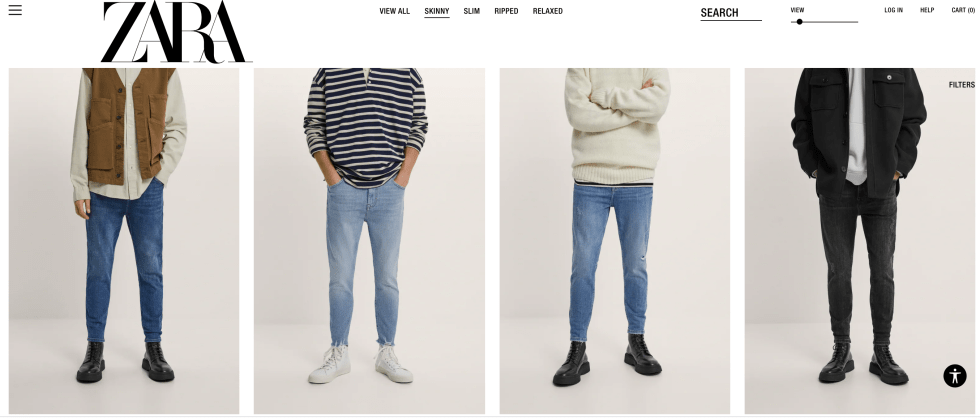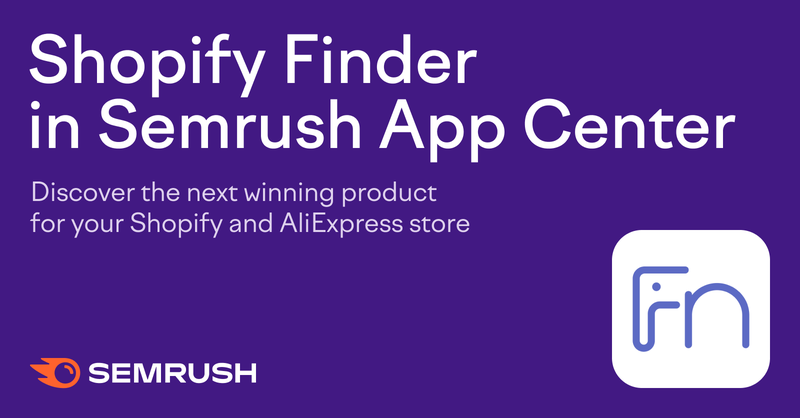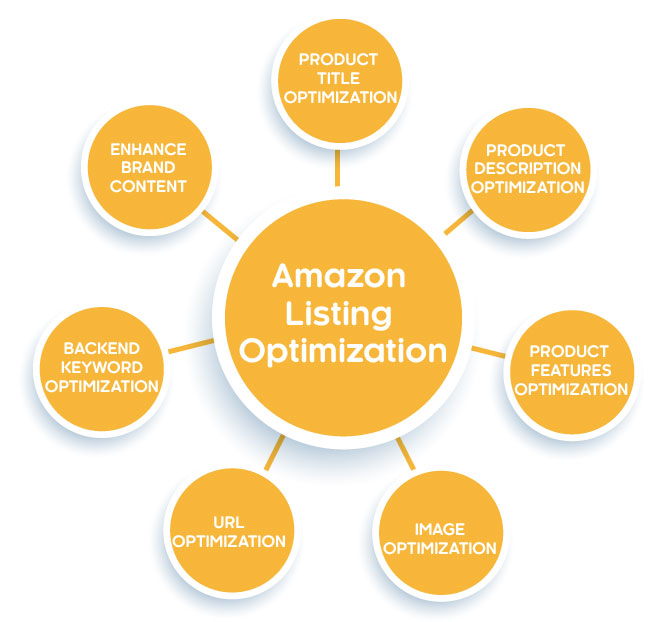
Fashion analytics allows retailers to forecast the demand for their products. It works by tracking the items that consumers buy online and then analysing this data. Retailers can use this data to determine what items are in high demand and which items will soon be out of fashion. This allows retailers to mark down their inventory and stay competitive. But implementing fashion analytics can be challenging. This article will help you to leverage big data for fashion analytics.
Data integration is crucial in fashion analytics
There are many benefits to big data for fashion businesses, such as a better customer experience and targeted products. Consumers need to be confident that their data will not only be used with their consent, but also responsibly. This is possible by creating a safe and secure environment and being transparent about how and why they collect consumer data.
The fashion industry is a fast-paced field, and big data has become essential. This data is increasingly being used by retailers to create new product lines, monitor customer behavior, and determine the needs of consumers. Those who use big data to make these decisions will remain competitive and thrive, despite the rising tide of e-commerce.

Data integration facilities make it easier to access information from disparate sources and increase the value of your dataset. They allow you to expand your business more efficiently and securely. Derek Rose, a high-end fashion brand, was using Microsoft Dynamics and Salesforce to manage customers and accounts. They were missing out on business development opportunities, and they weren't making use of their direct resources.
Challenges in implementing advanced analytics in the business of fashion
Fashion has always struggled to anticipate trends and adjust production to meet consumer needs. This leads to excess inventory and discounting that can hurt gross margins. Advanced analytics can help solve these problems and help fashion retailers meet customer needs better. Data-driven analytics can increase customer satisfaction and conversion rates through a combination business intelligence and consumer information.
Data-driven analytics can help retailers analyze data from both online and in-store sales to determine which products are selling well and which are not. For example, retailers can use analytics to make better predictions about the size and style of clothes customers will buy. This insight can help retailers better fit customers and reduce returns. They can also use this information to analyze pricing and improve their demand and sales forecasts.
Fashion retailers face additional challenges due to shifting seasons as well as the need of bringing in the right colors, sizes, and at the right time. Furthermore, retailers face inventory management challenges such as mismatched inventory or incorrect inventory. Fashion retailers are also faced with challenges such as product returns or markdowns. This can negatively impact the profitability of online stores.

Big data and fashion analytics: Benefits
Fashion companies can benefit from big data for fashion analytics to gain a better understanding of their customers. This type data is usually available online and can be used by fashion companies to segment their customer base, identify patterns of purchasing, and provide better product offerings. Fashion analytics can also be used by retailers to predict customer needs, predict future sales, and identify trends.
Predictive analytics is a process that uses AI to predict the future demand of a fashion item. This is a great way for retailers to cut inventory costs and increase sales. A predictive analytics model is a tool that retailers can use to identify the best times to sell or transfer inventory.
Companies in every industry can benefit from big data to make better business decisions. For example, Starbucks uses data to predict store success and predict future performance. By doing so, they can avoid opening unprofitable shops. Big data also helps companies analyze consumer behavior and anticipate new fashion trends.
FAQ
What are the emerging consumer trends in tourist?
Staying ahead of the curve is key to success in any industry. If you don't pay attention to how consumers behave, you will fall behind. It's vital to stay on top of emerging consumer trends.
The rise of social media is the most important trend impacting travel. Social media is enabling consumers to share more information about their travels, including what they did there and how they felt about it. This means that travelers are becoming more conscious of their destinations and sharing more information about their experiences.
Twitter and Facebook let users share photos, videos and blogs with their friends. These social media platforms are helping to shape our knowledge of places. Social media makes us better travelers by helping us connect with locals and learn more about local culture.
Another major shift is the rise of mobile technology. People spend more time using smartphones and tablets than computers. In fact, according to ComScore, smartphone penetration grew from 23 percent in 2011 to 27 percent last year. Mobile devices are changing the ways we interact and access information. They also offer new ways to communicate. There are apps to help with everything from booking flights and ordering food to finding directions, watching movies and checking out weather forecasts.
Mobile technology is changing the way we travel too. We can book hotels, view maps, read reviews, and make restaurant reservations from our phones. We can check our emails while we wait in line for restaurants or museums and can even listen to music while driving. All these new features allow us to travel more smarter, faster, & more efficiently.
Along with these two major shifts there are many smaller trends that influence travel. Smartphones are used to find activities, events, and attractions based on their location. Foursquare and Yelp let people plan trips on the basis of recommendations from others. These tools are transforming the way we discover and experience cities.
Many companies are offering services that are specifically targeted at tourists. These companies offer customized tours and transportation as well as accommodations and other amenities. They allow visitors to explore the city without the need for planning.
Travel marketers have many opportunities to profit from the latest trends, as you can see. But it takes smart marketing strategies to identify which ones apply to your business and which won't matter much when attracting customers.
What's the impact of technology in the fashion industry? The answer is yes, there have been many changes.
We are witnessing a shift away physical stores to digital ones. eCommerce is becoming more popular.
However, we're also seeing changes in how shoppers interact with retailers. They want to shop anytime, anywhere, but they still want to feel special when they visit a store.
Retailers are adapting to new ways of engaging customers. One example is the availability of mobile payment systems, which allow customers to shop while shopping. Apps are also available that enable shoppers to search for new items in the store.
Shoppers are also becoming more demanding. They don't just want to browse through catalogs or websites anymore. They want the opportunity to actually experience products. Retailers are opening pop up shops, hosting events and launching popups to offer shoppers the chance to try new products.
How important is Instagram in the fashion industry?
Instagram is a great platform for brands to connect and collaborate with influencers. And it's not surprising because it gives them access to a massive audience.
But reaching an audience is only part of the equation. Engaging with influencers is key to success in marketing. It's about creating connections with your followers. This takes time.
It is about consistency, reliability, and trust. It's about posting high quality content on a regular basis. Answering questions and comments.
Insta is great for engaging fans. It doesn't work well when it comes to selling products. These are the other social media channels that can be used.
What will 2022 bring to the Fashion Industry?
We expect that the fashion industry will continue its growth path in 2022. As we have seen, the pace is changing rapidly.
Everything is being disrupted by technology, from communication to travel to buying products to how you consume content.
It is only going to get faster. We predict that AI will power almost all aspects life in 2022.
Personal assistants, such as Siri or Alexa, will transform everything from smart homes and self-driving automobiles to personal assistants like Siri or Siri. AI will revolutionize industries all over, including fashion. Designers will be able to create stunning clothes with 3D printing, and consumers can customize their wardrobe online.
Are mobile devices influencing fashion?
Mobile devices are getting more powerful every year, we know. Mobile phones can be used to take photos, record video, play music and surf the Internet. Mobile phones are used to check the outfits.
One example is that they can be used by some to measure the length of a garment before they are purchased. Others use them to photograph themselves in front mirrors.
So if you're thinking about buying a new outfit, don't forget to snap a picture with your phone!
Statistics
- 56% of respondents stated they held off on traveling for major entertainment events last year, but have plans to return to these events this year.1 (americanexpress.com)
- As experts quabble over the official call, most consumers are already experiencing economic uncertainty: 52% say their household income is unstable, up 36% from three months ago, and 73% have either reduced or maintained their overall spending levels. (junglescout.com)
- 70% of parents surveyed agree that in 2022 they are planning to take their first international trip with their children since before the pandemic. (americanexpress.com)
- The percentage of shoppers likely or somewhat likely to purchase top social platforms increased across the board in the third quarter of 2022 compared to the second, with TikTok seeing the largest jump. (junglescout.com)
- While 19% of respondents state they didn't travel in the past two years, other families' favorite experiences included: domestic travel (19%), beach resorts (12%), road trips (11%), international travel (10%), staycations (7%), camping (6%), and more.1 (americanexpress.com)
External Links
How To
What are the most recent trends in the industry of travel?
The world of tourism and travel is experiencing many changes right now. These industries are rapidly changing and evolving thanks to more innovation and technology.
People are traveling more often than ever, and there are many ways to do this. Self-catering accommodation has seen a rise in popularity, which allows travelers to choose where and when they wish to stay.
Many people book their holidays online in advance, instead of waiting until the last moment. This is because they want to ensure they find the best deals and value for money when booking.
Many companies also offer flexible payment plans, such as monthly or yearly. Customers can save money on their travel plans by using this option.
Another trend is the sharing economy, which is becoming more popular. To save money, people rent out their cars and spare rooms to others.
Airbnb is an app that lets you rent out your property or home to guests. These services can help people save money as well as earn extra income.
Social media platforms like Instagram and Facebook have made it easier for travelers to connect with local businesses and make connections with other travelers. This makes travel much more enjoyable and easier.
These are only a few of the many innovations taking place in this industry. We have many options to travel and experience new cultures and places.